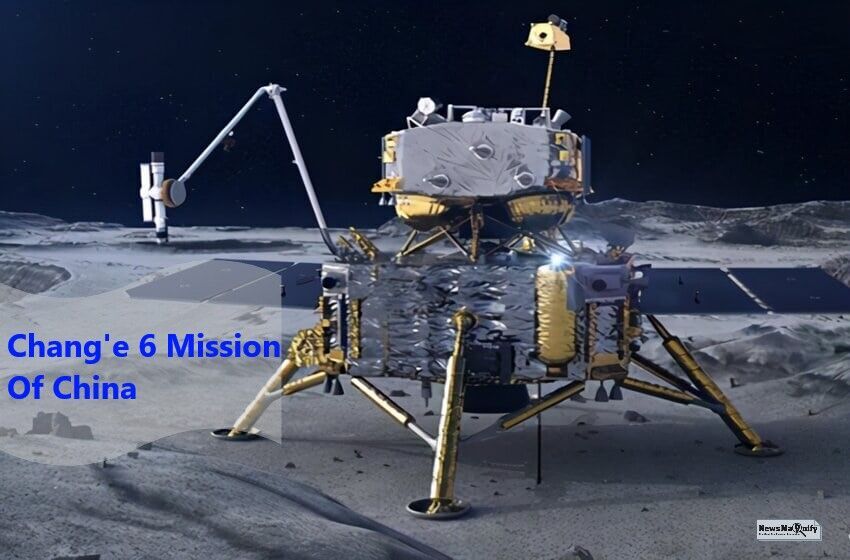
China’s Chang’e-6 lunar probe
Basalt samples from China's Chang'e-6 mission helped researchers for the first time to precisely measure the age of volcanic eruptions on the far side of the Moon.
After analyzing the sample, researchers found that the Moon's oldest and deepest crater on its far side was volcanically active around 2.8 billion years ago. Another sample was even more ancient, dating back to 4.2 billion years.
The research conducted by Prof. LI Qiuli's lab at the Institute of Geology and Geophysics of the Chinese Academy of Sciences revealed the volcanic history of the lunar far side, which is crucial to understanding the Moon's hemispheric dichotomy.
Chang'e-6 lunar soils contain two types of mare basalts
Researchers claimed that volcanic eruptions would have flooded parts of the surface with lava, producing rocks known as mare basalts, which are more common on the near side, covering ~30% of the surface compared to 2% of the far side.
They also stressed the need for samples from both the near and far sides to investigate the lunar global dichotomy.
The Chang'e-6 lunar soils contain two types of mare basalts: low-Ti and very low-Ti (VLT). The predominant low-Ti basalt represents the local basalt unit around the landing site, whereas the VLT basalt possibly came from the unit to the east of the landing site.

© GIGCASThe landing site of the Chang’e-6 mission on the Moon’s far side
Investigation of low-Ti basalt
Crustal thickness has been suggested as a key factor in accounting for asymmetry in the abundance of volcanism between the lunar near and far sides. However, this model has been questioned since the South
Pole-Aitken (SPA) basin on the far side, which has an anomalously thin crust, appears deep and significantly underfilled by volcanism.
Based on the investigation of Chang'e-6 low-Ti basalt, XU's team suggested that the composition of the mantle source is another important factor controlling the generation of lunar volcanic activity.
"Although the SPA basin has a thin crust, the depleted and refractory mantle source beneath the SPA basin hinders partial melting to a large degree," said XU.
Led by Prof. LI, postdoctoral researcher ZHANG Qian conducted systematic radioisotope dating on 108 basalt fragments from this sample. Of these, 107 fragments revealed a consistent formation age of 2807 ± 3 million years ago, indicating the eruption age of local basalts at the Chang'e-6 landing site.

© GIGCASThe two types of basalts in Chang'e-6 soils and isochrons of the Chang'e-6 low-Ti basalt
These data indicate that volcanic activity on the lunar farside persisted for at least 1.4 billion years, from 4.2 Ga to 2.8 Ga. Initial lead isotope analysis suggests that these basalts derive from distinct mantle sources: According to a press release, the 4.2 Ga basalt came from a KREEP-rich source, i.e., one with abundant potassium (K), rare Earth elements (REE), and phosphorous (P), while the 2.8 Ga basalt came from a KREEP-poor source.
Source link

